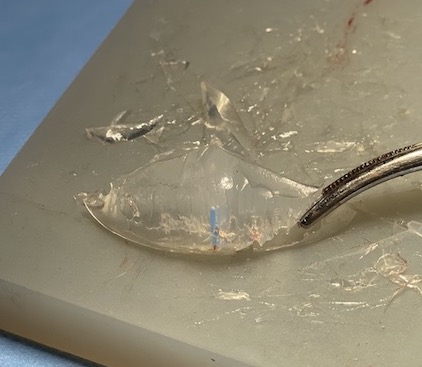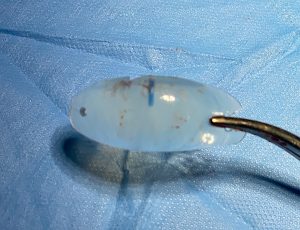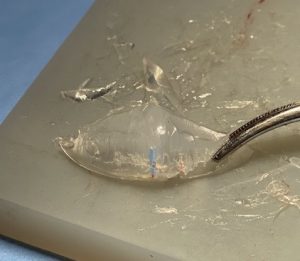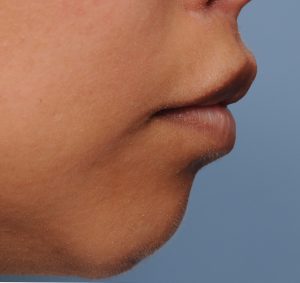Background: While the majority of chin augmentation patients obtain satisfactory results, some do not. Chin implant results can be aesthetically compromised by miscalculations in implant style and size as well as implant placement on the bone. Between these three implant choices there are lots of opportunities for a chin augmentation result to turn out differently than the patient had hoped.
One of the most common female chin implant miscues is with the use of winged or extended style chin implants. Most women do not want a wider chin or more broad chin. This is the original reason for the anatomic style chin implant that is often overlooked. Interestingly while the anatomic chin implant was a good choice for women years ago, today this ‘female’ chin implant is often viewed as not tapered enough. Which is why I often convert it into a sharper V-shape by hand prior to placement.
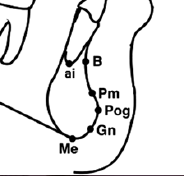
Case Study: This female had a prior chin implant which was complicated by lack if adequate horizontal augmentation, a vertical elongation of the chin and a double bubble appearance in profile. The location of the submental incision was also right over the soft tissue chin point with several blue sutures extruding.
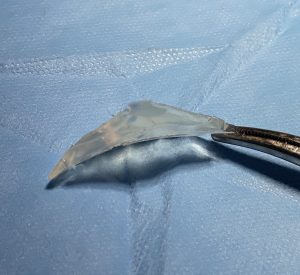
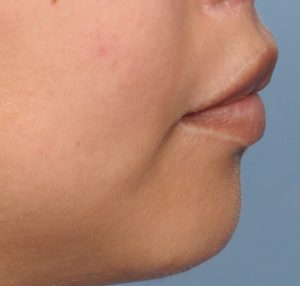
While chin implant augmentation is often viewed as a ‘simple’ operation this really refers to the act of surgically placing it on a conceptual basis. The details of implant selection and precise placement on the bone can make a simple implant procedure into an aesthetically complicated one. The point being is that there is a lot more to it than it may seem in the surface. A healed and uninfected chin implant does not always mean a pleasing aesthetic result.
Case Highlights:
1) The round shaped anatomic chin implant is more preferred by females today if it is changed into a V-shape for more tapered chin appearance.
2) When a horizontally designed chin implant is placed on gnathion as opposed to pogonion an elongated chin can result with a ‘double bubble’ appearance .
3) Chin implant repositioning/modification is best secured with small screws to prevent implant migration since the pocket is enlarged.
Dr. Barry Eppley
Indianapolis, Indiana

